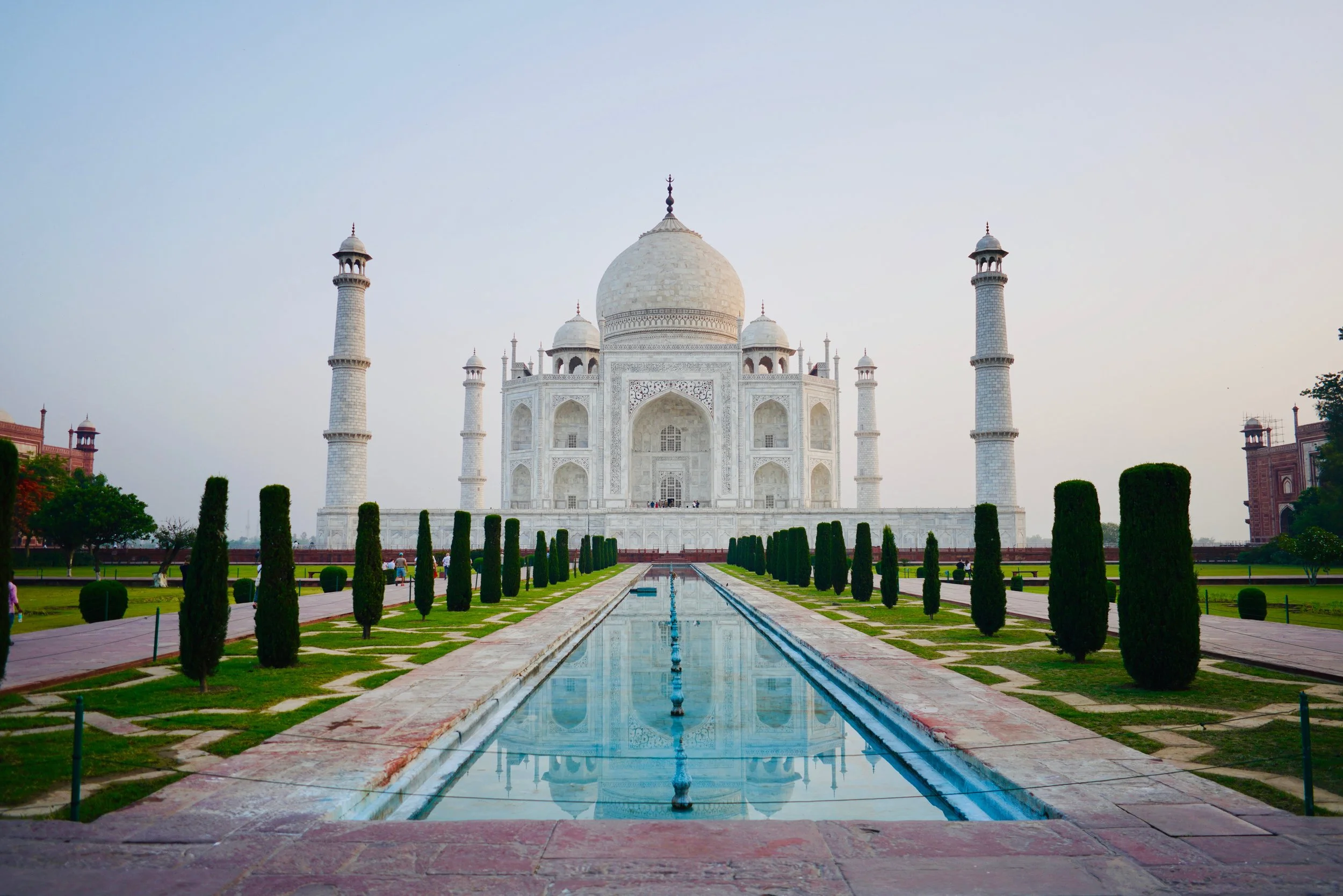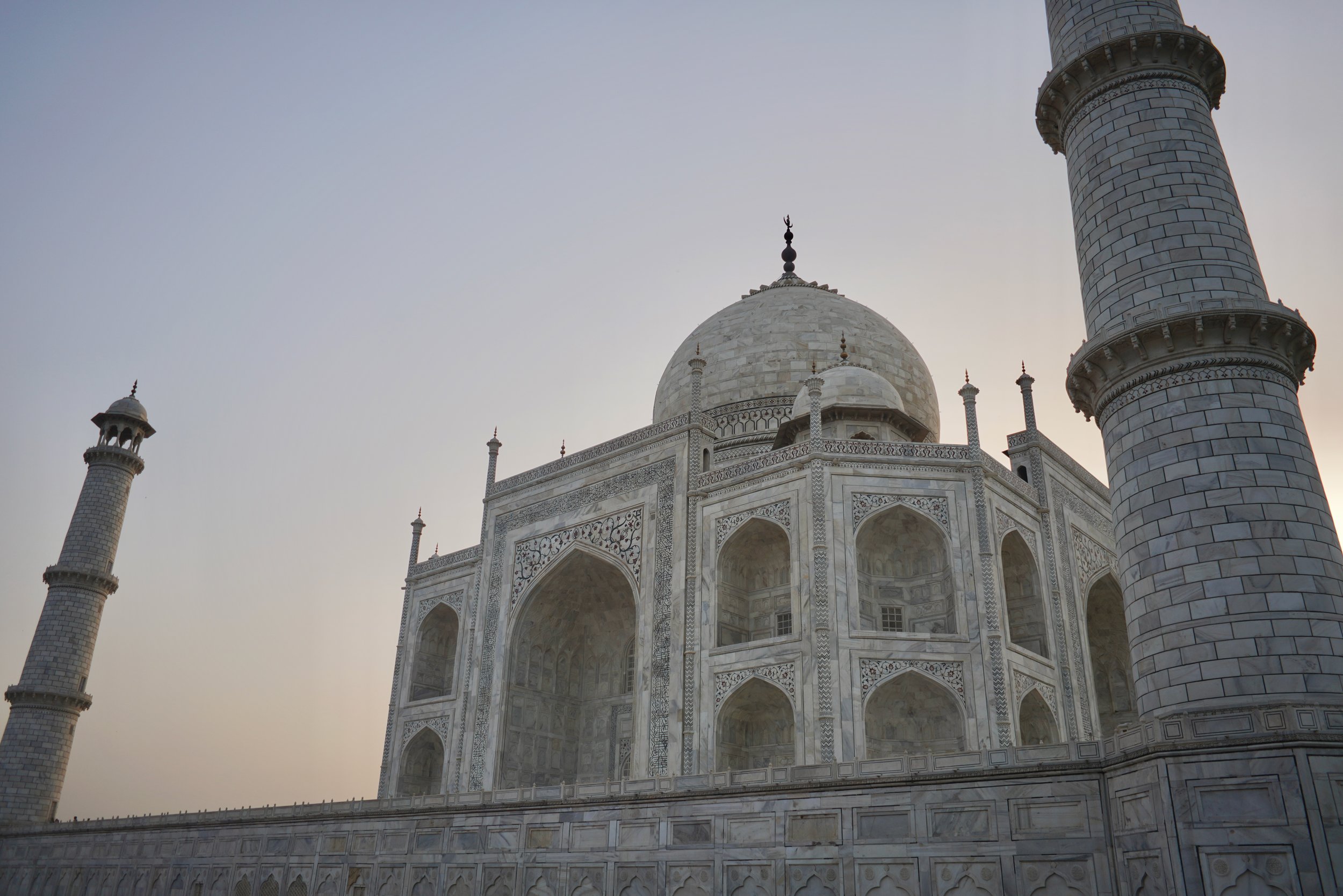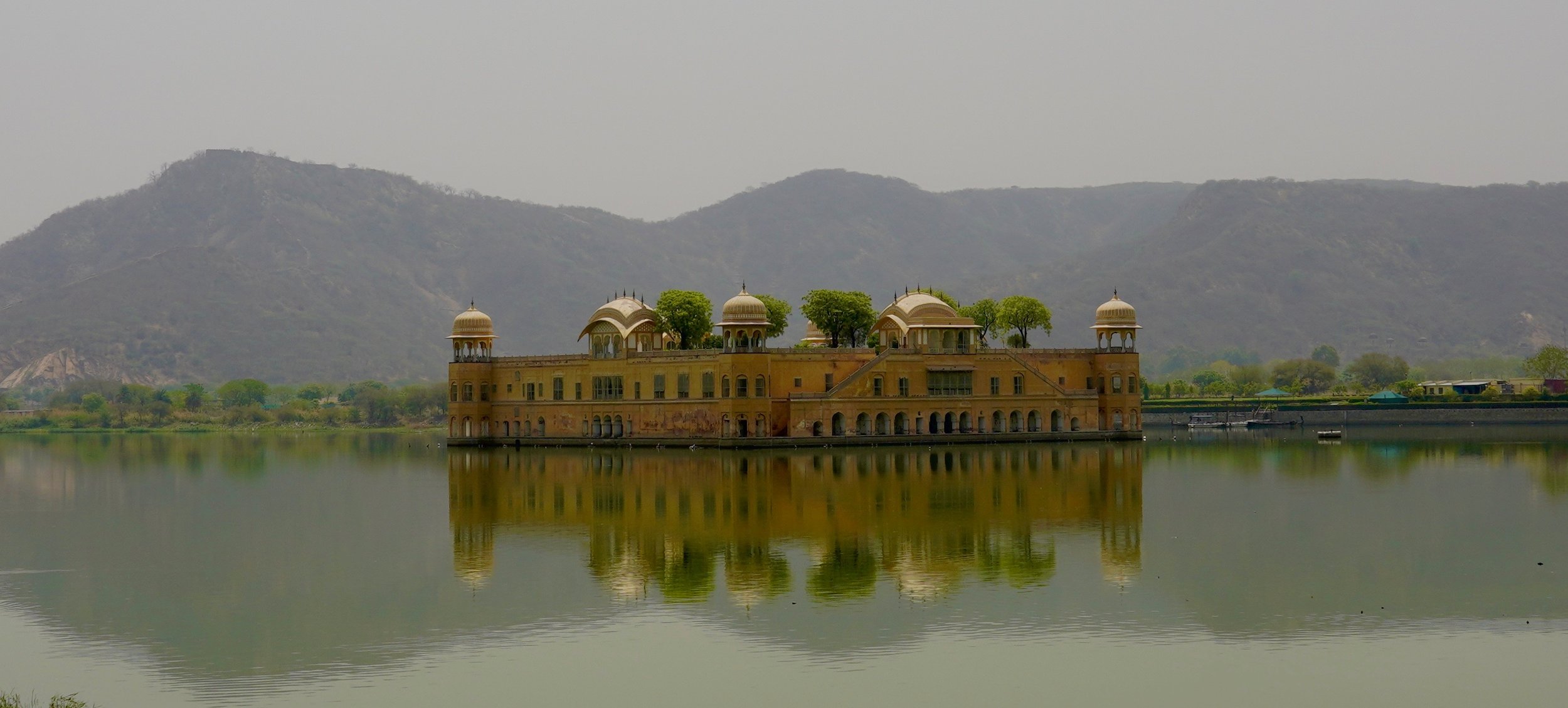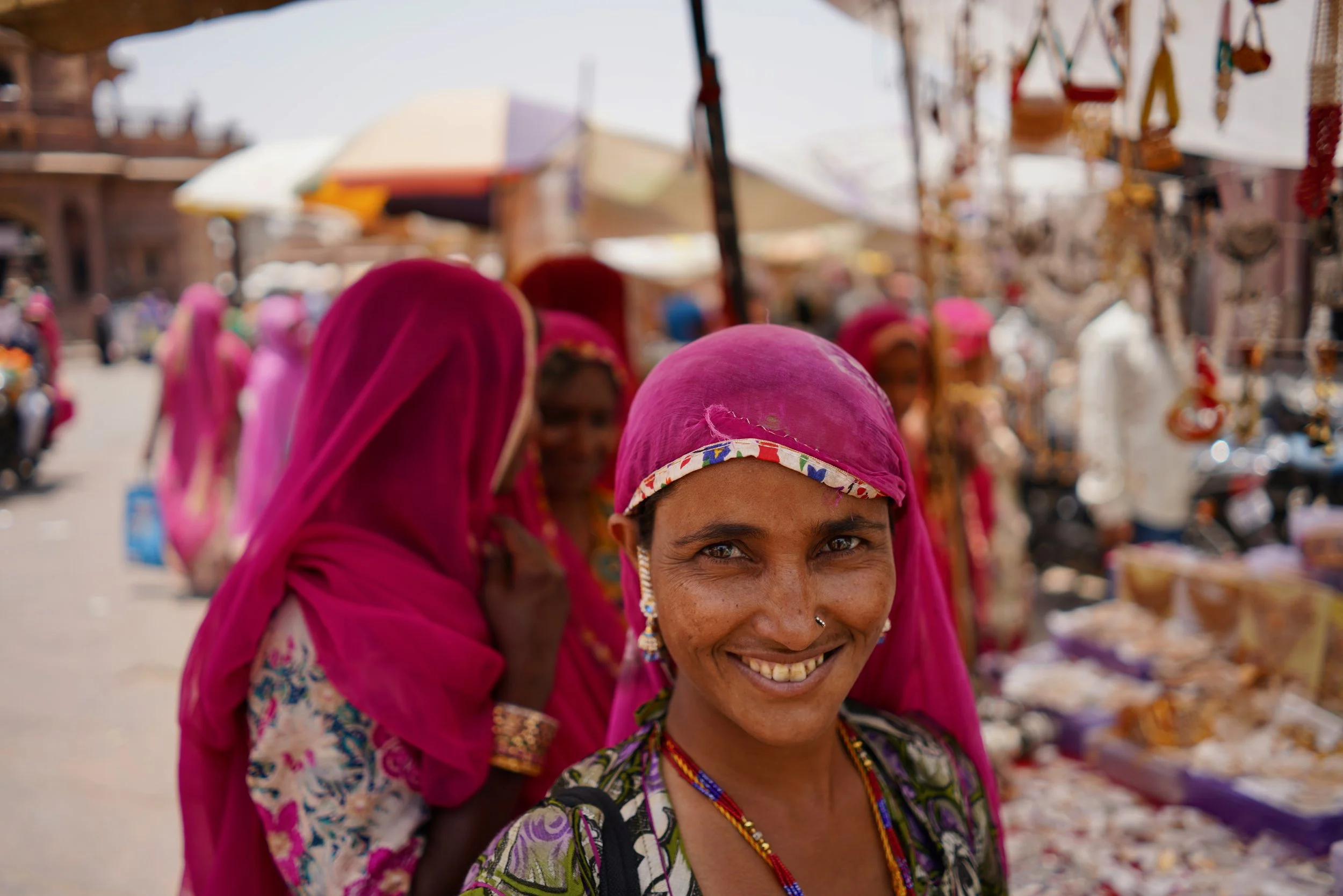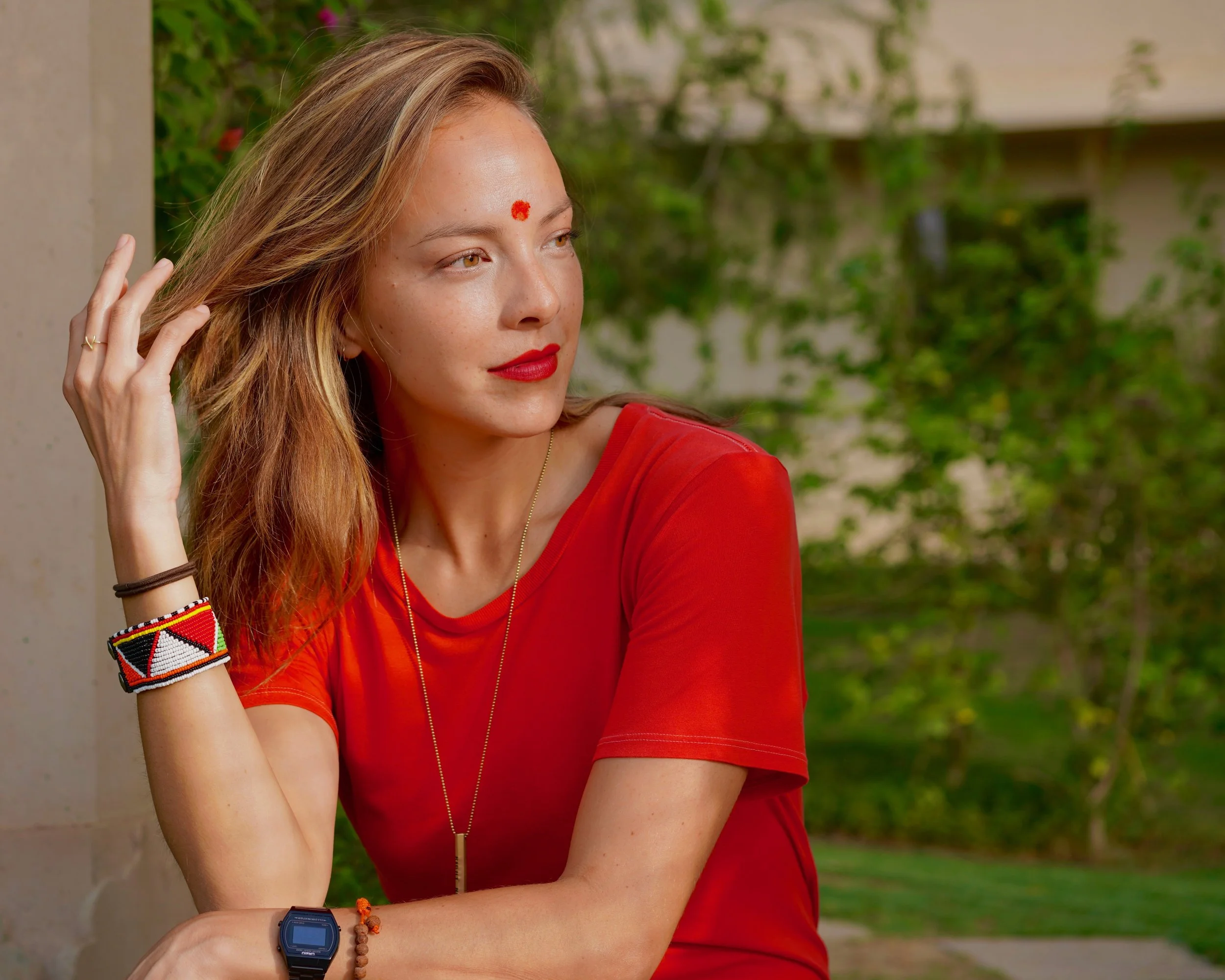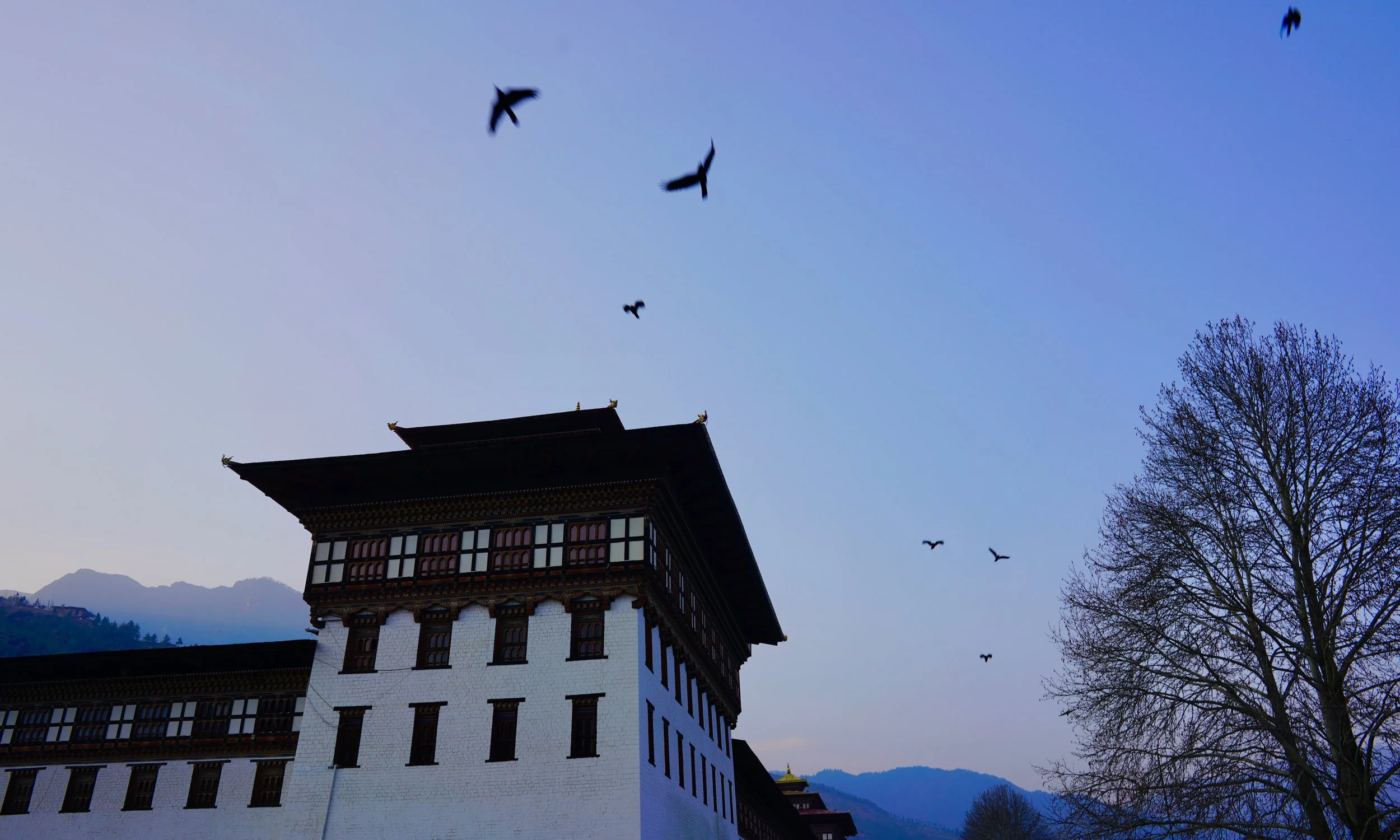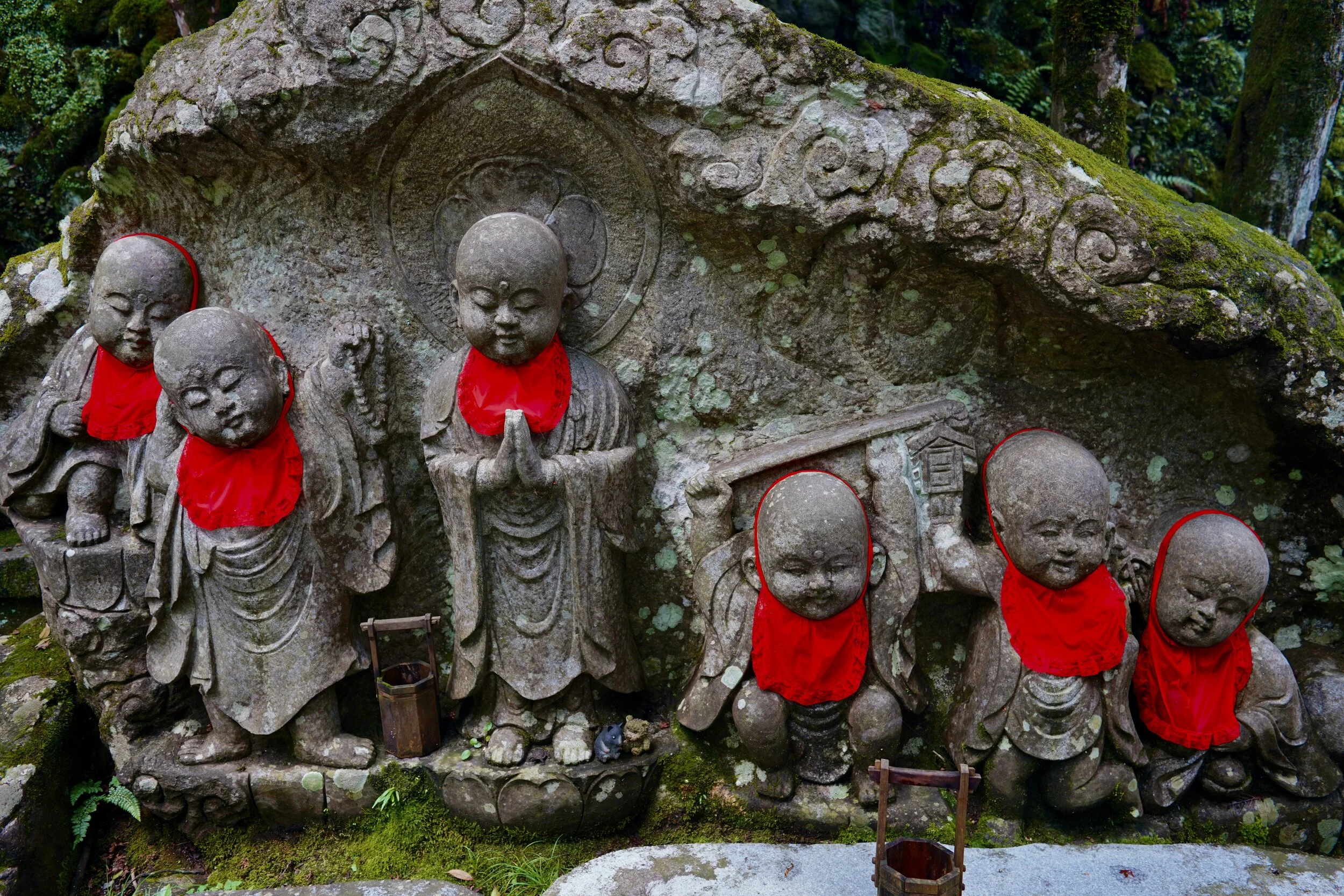The Land of The Maharajahs
Ma. Ha. Ra. Jah. I love saying that word. The vowel-drenched sounds feel so luxurious and lofty on my tongue. Maharajah... An Indian King. They once ruled India. A Maharajah for every province, and there were hundreds of provinces before British rule. Today, there are 29 states in India, each of them with a distinct dialect, style, culture, backdrop, and cuisine. You can sense a devoted nostalgia amongst the people for the time of the Maharajah, especially in Rajhastan, the largest Indian state. Men are still sharply dressed in suit-like garbs called the sherwani, high turbans, and thick, perfectly groomed mustaches with twisted curls on the very ends. These mustaches are the greatest mustaches I have ever seen. They are a work of art; some even constructed with such skill and spectacularity that they not only rest broadly over the top lip, but curve over the contours of the cheeks. Jeremy and I are exploring Rajhastan, after having traveled south to Agra, home to one of the seven wonders of the world... Taj Mahal. We witnessed its glory at sunrise, with the sun waking the eastern side of the structure and the western side still sleeping in its shadows.
We continued four hours southwest towards the city of Jaipur, known as “The Pink City.” Jaipur is named for the pinkish, earthen clay architecture sprawled throughout, the color of terracotta everywhere. We passed by long-necked camels shuffling in the streets, a palace perched on the center of a lake, an ancient wall that protected the old city from invaders, and a fort where the mighty Maharajah would reside with his overflowing concubines, still preserved with impressive hallways covered in glass-mirrored pieces.
Then, a few hours west onto the desert oasis of Pushkar, “The Holy City.” It is said to be the only place where Hindus can worship Lord Brahma, one of the three, central gods in Hinduism; Brahma the creator, Vishnu the preserver, and Shiva the destroyer. Pushkar is renowned for its sacred lake where many Hindus pilgrimage to pay their respect and to bathe in its holy water, cleansing their sins away.
Finally, after four hours heading west, we arrived to our favorite, “The Blue City” of Jodhpur. Different shades of blue freckled the town, painted on the homes of the Brahmin caste, the uppermost, top-tier of Indian society. We looked down upon the turquoise, sapphire, and cerulean tones of the city from the Mehrangarh fort, one of the biggest in India, perched on top of the tallest mountain in Jodhpur. The rooms inside were the most well-preserved we’ve seen thus far; paintings still visible of important faces and lifestyle depictions, stained-glass windows still giving off rainbow light, and glass-covered, gold-painted rooms still luminous. We walked down towards the town center and shopped at the town bazaar, ate the crowning glory of all samosas, met the friendly police, sipped Lassi with cardamom and saffron spices, and watched an elephant parade through town with our mouths wide in shock.
We took a Jeep ride, technically a Mahindra ride, on a Sunday afternoon into the hot countryside of Jodhpur. We drove through villages, spotting wild peacocks, with bubbly children shouting at us with their teeny voices, “Tata!” Jeremy and I had the privilege of meeting villagers who lived the simplest of lives, off the land; potters, farmers, and weavers. They exist day in and day out perfecting their skills, learned generation from generation. Their story is such a different one from me, and yet, sitting across from each other in laughter, conversing with only exaggerated body language... I know we are not so different at all. I sit there wondering what my life would be like if I was born in Jodhpur.
I struggle to find the words to describe exactly how I feel about India. I have never visited a foreign place before where I’ve felt such deep complexities and ever-ranging emotions. Maybe that’s what makes India so beautiful; you are confronted in such a way that you’ve never been before. It is a place of such beauty; the colors, the food, the clothes, the jewelry, the architecture, and the people. But, India is also a place of such ugliness; the oppression of women, the poverty, the overpopulation, the desperation, and the ungodly pollution of the earth. There have been moments of joy and appreciation, quickly followed by moments of sadness and frustration, cycling on and on, every single day for me in this country. My head would hit the pillow at night, completely worn down from the day, and I would fall into the deepest sleep in seconds. I am exhausted, beaten down, and spat back out by India. Yet, I am revitalized, inspired, and changed by India. It is unlike anywhere I have ever been before.
Cheers,
Tera


